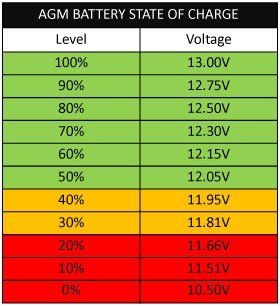bicter
Terry
BigWave said:Hi bicter,
Say you have a very large diameter copper wire carrying DC, the current density is uniform throughout the wire.
For AC however, the current is increased towards the outside of the wire due to increased "back EMF" towards the wire's centre. The current density decreases away from the surface. The "skin depth" is the depth at which the current density is ~37% (chosen as 1/E - the Naperian logarithm (2.718281828)) of that on the surface.-This skin depth decreases inversely to the square root of the frequency in non magnetic conductors. i.e.: at 4 times the frequency, the skin depth is roughly halved.
At very high frequencies, save money by making conductors out of tubes - the internal copper does nothing. At microwave frequencies, a thin silver plating on the outside of a stronger internal structure (even glass), is all that's required, although the silver should be protected in a pressurised Nitrogen environment (viz: as used in professional waveguides).
Sorry to diverge from the intent of this thread, but the question was asked.
Thanks Bigwave, used to know all that stuff but retirement has trashed my memory. If you dont use it, you lose it ?
My question was directed at the 9.3mm - how does that work on a 2.5mm sq building cable? Are you saying that any conductors less than 9.3mm aren't affected by skin effect at 50Hz. that'd explain it ?
Not used to working/thinking in such low frequencies.






